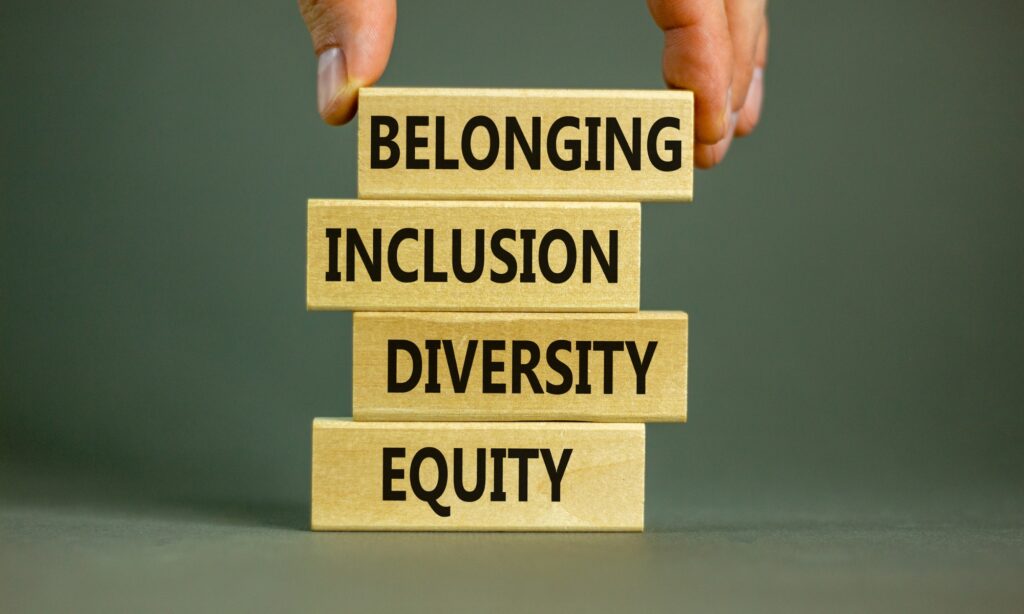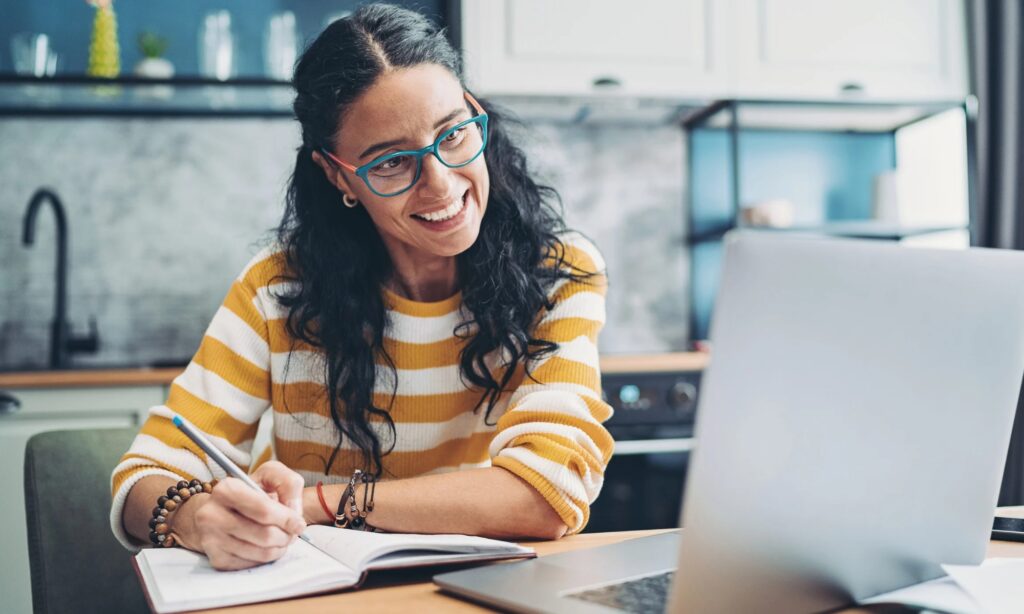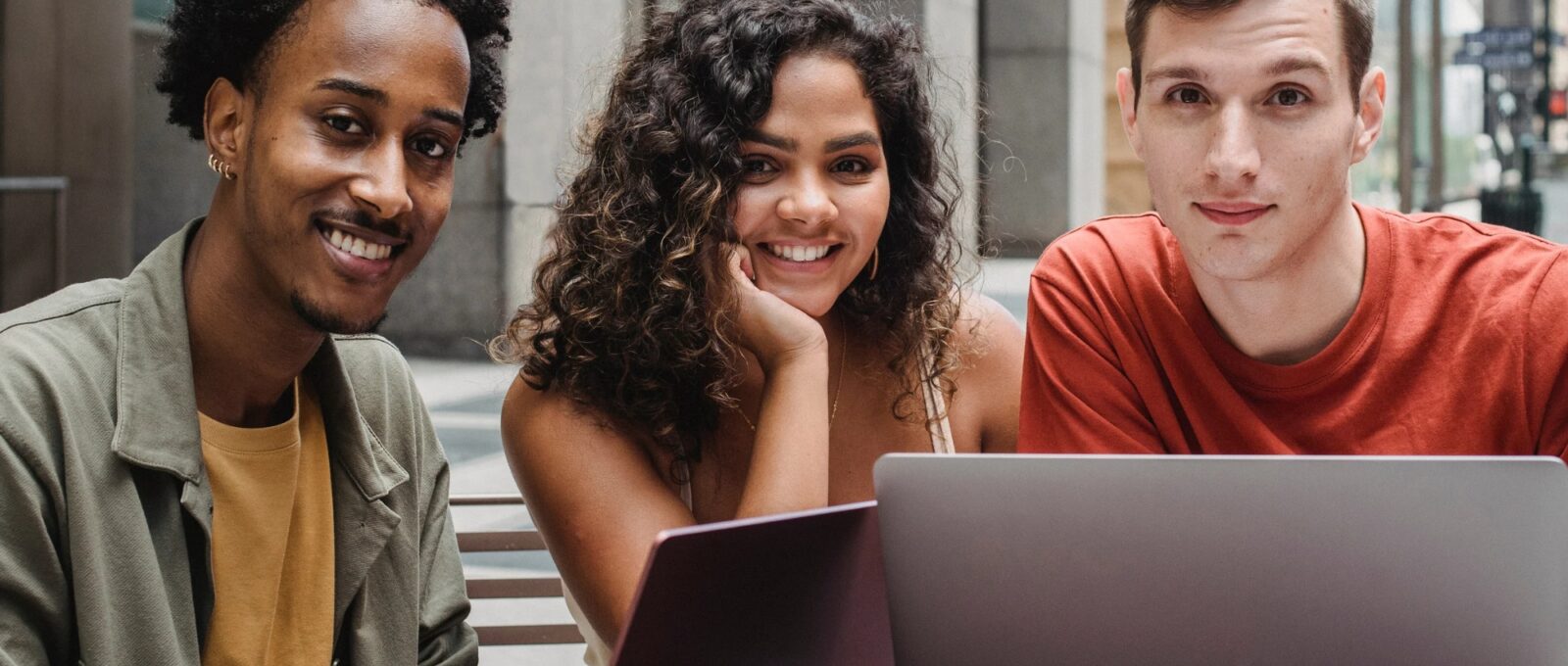Higher Education has made huge commitments and investments toward advancing Diversity, Equity, and Inclusion (DEI) over the last decade. Many leading institutions have developed entire departments and offices dedicated to ensuring their campuses and institutions are not only educated on best practices in DEI but also running initiatives to help improve DEI. Before diving deeper, a few high-level definitions may be helpful for those who may be less familiar with DEI.
Defining DEI & Beloinging
According to the University of Toronto, Equity is the fair and respectful treatment of all people. Equity is the process; equality is the result. Diversity is the demographic mix of the community, with a focus on the representation of equity-deserving groups. Inclusion is creating an environment where everyone feels welcome, is treated with respect, and can fully participate.

Higher Ed is excelling at educating key stakeholders on the importance of diversity, equity, and inclusion (DEI). Unfortunately, many schools struggle to find impactful, real-world initiatives that can be executed using existing resources and scaled to various groups on campus. This is where a newer term, “student belonging” enters. According to Cornell University, belonging is the feeling of security and support when there is a sense of acceptance, inclusion, and identity for a member of a certain group. Hanover Research distinguishes between belonging and DEI by stating that DEI “has more to do with the ongoing processes and activities colleges and universities engage in to meet everyone’s needs, while belonging is the outcome or effect people feel from those efforts.” It is a crucial distinction to understand because if a school is running many DEI initiatives and students are not feeling an increased sense of belonging, it means those initiatives are not driving their intended outcome.
The Challenge of Implementing DEI Initiatives
DEI initiatives are challenging to scale and implement because, by definition, being more inclusive, equitable, and diverse means institutions must become better at addressing and serving the unique needs of smaller, more defined groups of students. This means delivering defined and targeted user experiences for specific student demographics. This proves to be a challenge for existing Higher Ed IT infrastructures which are designed to provide a unified student experience for all students. In conversations with many Higher Ed partners, we are constantly told that IT is already stretched thin – and, under perfect conditions, may be able to spare some resources to support a few DEI initiatives. They are not able to commit to do it at scale for the wide variety of student groups that need focused attention.
Many people need to pay more attention to the number of groups on campus that need focused support. To get a better idea of this, let’s take a look at the Aspects of Diversity according to The Advisory Board Company:

Within these nine categories, large groups of students can be on the first layer. For example, within Religious Views, we can have Christianity, Islam, Hinduism, Buddhism, Sikhism, Irreligion, etc. Within sexual orientation, you can have heterosexual, homosexual, bisexual, asexual, etc. Within race, there can be Asian, African, Hispanic, Native/Aboriginal, White etc. Within gender, there can be female, male, non-binary, transgender, etc.
DEI offices are now seeing an increasing conflation of these aspects. For example, you can have Hispanic females in technology, African transgender, Asian Christians, etc. There can be hundreds if not thousands of groups on campus that require the support of DEI office – and it can be overwhelming, if not impossible, for a DEI office to answer the questions of how to deliver a sense of belonging to all these groups.
Micro Events & Experiences
This is where the concept of micro-events comes into play. A regular event on campus is a generic, one size fits all event meant to provide a general value to the entire school population. For example, an institution-wide career fair is open to all employers and all students. These events benefit students because they allow students to connect with employers; however, it does not provide a targeted, inclusive experience for groups who feel they are traditionally excluded. Micro-events enable schools to run targeted smaller-scale events that target the individual needs of a select demographic. For example – an indigenous/native career fair where indigenous students are invited to connect with employers who are specifically there to connect with students from the indigenous community. Or a women in STEM career fair. Running micro-events like these in the physical world would have been prohibitively expensive and difficult to scale, but the advances in online technologies not only make them affordable but they also make them far easier to scale.
 This opens the door to a viable solution for a massive challenge that DEI offices have faced over the last decade. DEI offices, which are built on the principles of ensuring that no one is left out, are also burdened with the reality of a finite number of resources, which means they have no choice but to make decisions around which groups are excluded. When applied to micro-events, the advances in online technology enable a DEI office to more easily and affordably service a far more significant number of student demographics.
This opens the door to a viable solution for a massive challenge that DEI offices have faced over the last decade. DEI offices, which are built on the principles of ensuring that no one is left out, are also burdened with the reality of a finite number of resources, which means they have no choice but to make decisions around which groups are excluded. When applied to micro-events, the advances in online technology enable a DEI office to more easily and affordably service a far more significant number of student demographics.
Breakthroughs & Approaches that provide real world solutions
Online Micro-Events & Experiences
During the pandemic, we ran thousands of online events – throughout these events, we learned that participants’ expectations for online events were far different than traditional in-person events.
 One of the major benefits online events provide is its ability to condense and concentrate an event down to where it saves tremendous amounts of time and effort for everyone involved. Instead of asking employers to take an entire day out of their calendar, you only have to ask for a few hours. Instead of the employer having to ship or carry all the contents of their booth to the school, you have to ask them to take a few minutes to upload it to an online booth. This also makes the employer/event far more accessible; every student with a computer or mobile device can drop in, no matter where they are. Some initiatives don’t need to be “live” events either. You can just as easily create a mentorship experience that makes it easy for targeted demographics to reach out to relevant people who can support them through a contact button or a scheduling software interface.
One of the major benefits online events provide is its ability to condense and concentrate an event down to where it saves tremendous amounts of time and effort for everyone involved. Instead of asking employers to take an entire day out of their calendar, you only have to ask for a few hours. Instead of the employer having to ship or carry all the contents of their booth to the school, you have to ask them to take a few minutes to upload it to an online booth. This also makes the employer/event far more accessible; every student with a computer or mobile device can drop in, no matter where they are. Some initiatives don’t need to be “live” events either. You can just as easily create a mentorship experience that makes it easy for targeted demographics to reach out to relevant people who can support them through a contact button or a scheduling software interface.
Ability to Manage with Limited to No IT Support
 The first challenge to executing micro-events and experiences is to ensure that it can be managed without needing someone with a computer science degree. Whatever service is used for your micro event needs to be designed for easy management by people who have never programmed or organized an online event. We spend a lot of time refining our platform to ensure that whether you are a technophobe nurse or a seasoned event planner – executing a world-class micro-event can be managed on your own, without the reliance on IT to make changes for you.
The first challenge to executing micro-events and experiences is to ensure that it can be managed without needing someone with a computer science degree. Whatever service is used for your micro event needs to be designed for easy management by people who have never programmed or organized an online event. We spend a lot of time refining our platform to ensure that whether you are a technophobe nurse or a seasoned event planner – executing a world-class micro-event can be managed on your own, without the reliance on IT to make changes for you.
Scale DEI Initiatives by Empowering and Engaging Student Group Participation and Creation
You may think your DEI office is too understaffed to support or scale the enormous possible number of DEI micro-events and initiatives. The great thing about DEI is that many student groups are ready, motivated, and waiting to get involved – you just have to give them the keys to a virtual space with the right tools to create and make interactive and engaging online communities. That’s why we modelled Acadiate similar to a Makerspace (collaborative spaces for making, learning, exploring, and sharing). All you have to do is give students access to their own space on Acadiate, and they can build out their micro-event in their visioning based on their needs. Decentralizing the building of these events allows you to scale your micro-events and gives you the ability to ensure that no group that wants support is excluded due to a lack of resources, while still maintaining centralized control by the DEI office. This approach is what has allowed individuals with our partner schools to be able to manage dozens of concurrent micro-events without any issues. In fact, after their 2nd or 3rd iteration they are starting to make the spaces permanent with year round access, making their DEI initiatives more abundant and more visible.
Celebration of DEI Initiatives
 We are big believers in Showcasing the incredible work that is being done in Higher Education. The ability to Showcase the outstanding outcomes of past events to new audiences is built into each micro-event experience on Acadiate. Unlike in-person events, which are typically set up and torn down on the same day – online, you can easily archive and share the incredible initiatives achieved to new audiences. You can also easily repurpose past events and have others relive those events on demand with updated content or experiences.
We are big believers in Showcasing the incredible work that is being done in Higher Education. The ability to Showcase the outstanding outcomes of past events to new audiences is built into each micro-event experience on Acadiate. Unlike in-person events, which are typically set up and torn down on the same day – online, you can easily archive and share the incredible initiatives achieved to new audiences. You can also easily repurpose past events and have others relive those events on demand with updated content or experiences.
Pricing & Business Models that Make Sense for Higher Education
Flexible pricing is essential for higher education. Most commercial event platforms are prohibitively expensive to execute micro-events in a way that would adequately serve DEI initiatives. Acadiate is focused on the special needs of Higher Education Institutions, which means we’ve priced the platform to ensure that any school or program can afford it. Whether you have a $100,000 or $0 budget, we have a clear pathway for how your institution can utilize the platform. We also have plans for unlimited events across your campus and value-added services for student showcasing and creation.
In Closing
Online micro-events and experiences provide Higher Education with an affordable and realistic way to drive student engagement in DEI initiatives. We hope this article gave you some context and why DEI offices should seriously look at leveraging online technology to scale their DEI efforts.
Limited Time Offer: Book a Free Demo and get 20% off your first academic experience on Acadiate.







